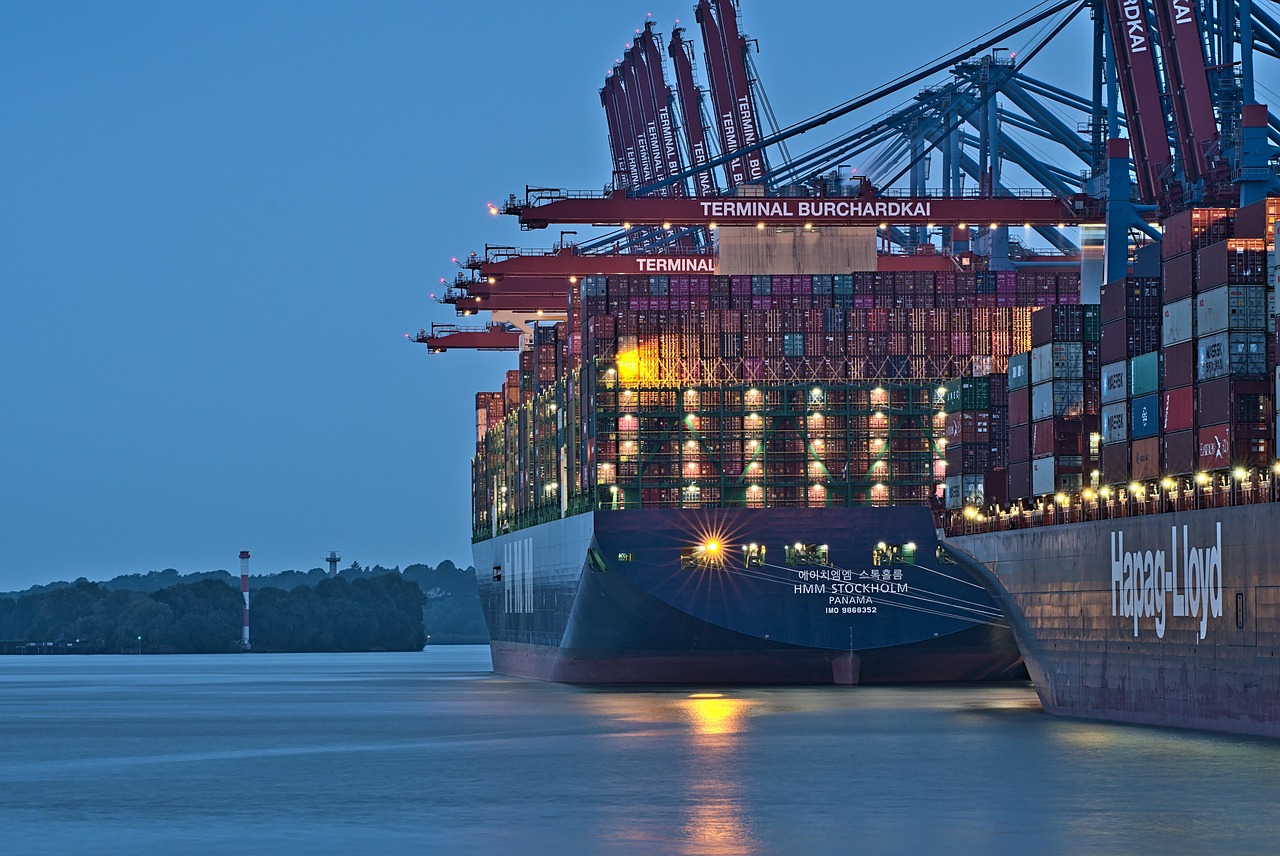
Understanding palletised freight delivery is essential for businesses looking to optimize their shipping processes. This comprehensive guide explores the various factors influencing pallet freight shipping, including the importance of selecting the right pallet type, effective packing strategies, and crucial documentation for both domestic and international shipments. By mastering these elements, businesses can enhance efficiency, reduce costs, and ensure the safe transport of their goods.

When it comes to efficient shipping, palletised freight delivery is a dominant method that businesses across the globe heavily rely on. Understanding the intricate workings of pallet shipping can rescue you from expensive mistakes and help your business grow exponentially through smarter logistics. This guide aims to untangle the various aspects associated with palletised freight delivery, making the logistics process streamlined and economical for all business sizes.
What is Palletised Freight Delivery?
Palletised freight delivery refers to the technique of moving goods efficiently on pallets, which are portable platforms that support goods in a stable configuration for handling and storage. This method not only simplifies loading and unloading but significantly reduces transportation costs. When bundled together on a pallet, items can be moved swiftly and securely, allowing businesses to manage larger shipments with ease.
The Benefits of Palletised Shipping
- Cost-Effectiveness: Shipping multiple items on a single pallet reduces overall freight costs. Shipping companies utilize a network to lower expenses, making this an attractive option for businesses.
- Safety: Products are less likely to be damaged since pallets offer a firm structure and can bear heavy loads safely.
- Efficiency: Pallets facilitate quicker loading and unloading, which is crucial for businesses that require timely deliveries.
- Versatility: Suitable for various freight, pallets are adaptable to both small and large products, including irregular shapes.
Choosing the Right Pallets for Your Freight
The first step in pallet freight shipping is understanding the types of pallets available. There are primarily two types to consider:
- Wooden Pallets: These are the most widely used type of pallets. They are sturdy and cost-effective, making them suitable for various shipments.
- Plastic Pallets: Though more expensive, they offer several advantages such as resistance to moisture, chemicals, and easier cleaning, making them ideal for sensitive shipments.
Regardless of the type, you should ensure that the pallets selected can bear the weight and dimensions of your cargo. Additionally, opting for pallets with four-way forklift entry eases the movement and reduces loading times.
Establishing a Packing System for Success
Next is to set up a controlled packing system that minimizes the risk of damage and maximizes space utilization. Following a streamlined system will not only simplify logistics but also safeguard your product during transit.
Packing Tips for Safe Shipping
- Fill the Gaps: Ensure every void within the package is filled to prevent shifting during transit. Using packing materials like bubble wrap, paper, or biodegradable fillers is a great choice.
- Secure the Boxes: Utilize robust tape and labels that detail your shipment’s contents for easier identification.
- Avoid Overhang: Keep the items within the perimeters of the pallets to avoid compression and damage.
- Layering Strategy: Place heavier boxes at the bottom of the pallet to maintain stability and avoid the dreaded pyramid stacking.
Understanding Cubic Meter Volume (CBM) for Shipping
When dealing with freight, understanding Cubic Meter Volume (CBM) becomes particularly significant. This measurement describes the space your pallets will occupy and impacts shipping costs significantly.
CBM Calculation
The formula to calculate CBM is:
CBM = Width (W) × Height (H) × Length (L)
This metric is essential for grasping how many pallets will fit into shipping containers and managing costs effectively. With containers ranging from 20’ to 45’ High Cube, knowing the CBM can guide your decisions substantially.
| Container Size | Dimensions | Maximum Capacity |
|---|---|---|
| 20′ | 589 cm × 234 cm × 238 cm | 26-28 CBM |
| 40′ | 1200 cm × 234 cm × 238 cm | 56-58 CBM |
| 45′ HC | 1251 cm × 245 cm × 269 cm | 72-78 CBM |
Navigating the Documentation Landscape
Proper paperwork is crucial for the smooth flow of your palletised freight delivery. Essential documents such as the Commercial Invoice, Bill of Lading, and Packing List are necessary to ensure customs clearance and delivery accuracy. Each document plays a role in demonstrating the legitimacy and details of your shipment, mitigating the risk of delays and compliance issues.
Key Documents for International Freight Shipping
- Freight Quote: Provides an outline of estimated costs and routing information.
- Certificate of Origin: Required for customs clearance to verify the origin of goods.
- Shipper’s Letter of Instruction (SLI): Asserts directions for shipment processing.
The Future of Palletised Freight Delivery
The efficient nature of palletized delivery continues to make it an integral component for shipping businesses. As logistics technology evolves, the potential to reduce costs and improve services will shape the future of this essential practice.
For businesses yearning to streamline their logistics or delve deeper into smarter pallet freight solutions, consider reaching out to company XXX for expert services tailored to your needs.
Understanding palletised freight delivery is essential for businesses aiming to optimize their shipping operations. The process of palletizing shipments is not just about packing goods securely; it involves a detailed understanding of various factors that impact shipping costs and efficiency. From the choice of pallet type and size to the method of packing and securing products, each step plays a crucial role in ensuring that shipments arrive at their destination safely and on time.
Pallets are widely recognized for their cost-effectiveness and practicality. They streamline the shipping process by allowing businesses to transport multiple items in one load efficiently. By utilizing a well-organized palletising system, companies can significantly reduce shipping costs while maximizing space and minimizing the risk of damage during transit. Moreover, selecting the right pallet materials and sizes to suit specific shipping needs further enhances the overall shipping strategy.
Moreover, understanding the Cubic Meter Volume (CBM) is paramount, especially for international shipments. Knowing the dimensions of the pallets and how they affect both actual and dimensional weight can help businesses make informed decisions regarding shipping costs and logistics. Familiarity with essential shipping documents, including the Commercial Invoice, Bill of Lading, and others, is also crucial to ensure a smooth international shipping experience while avoiding delays or compliance issues.
In conclusion, mastering the intricacies of palletised freight delivery allows businesses to improve operational efficiency and enhance their service offerings. By thoughtfully implementing a structured approach to palletizing, companies can ultimately achieve greater profitability and customer satisfaction.
